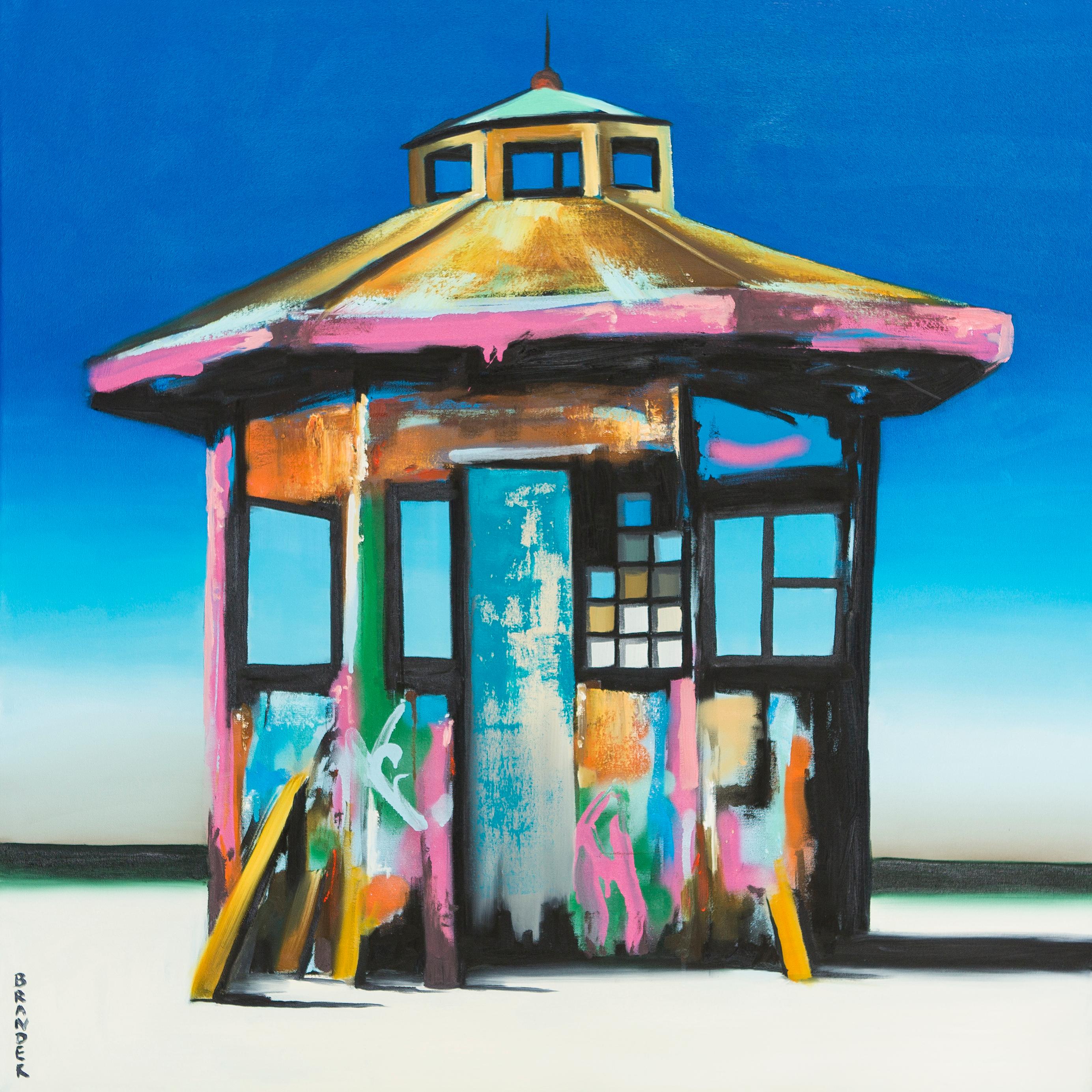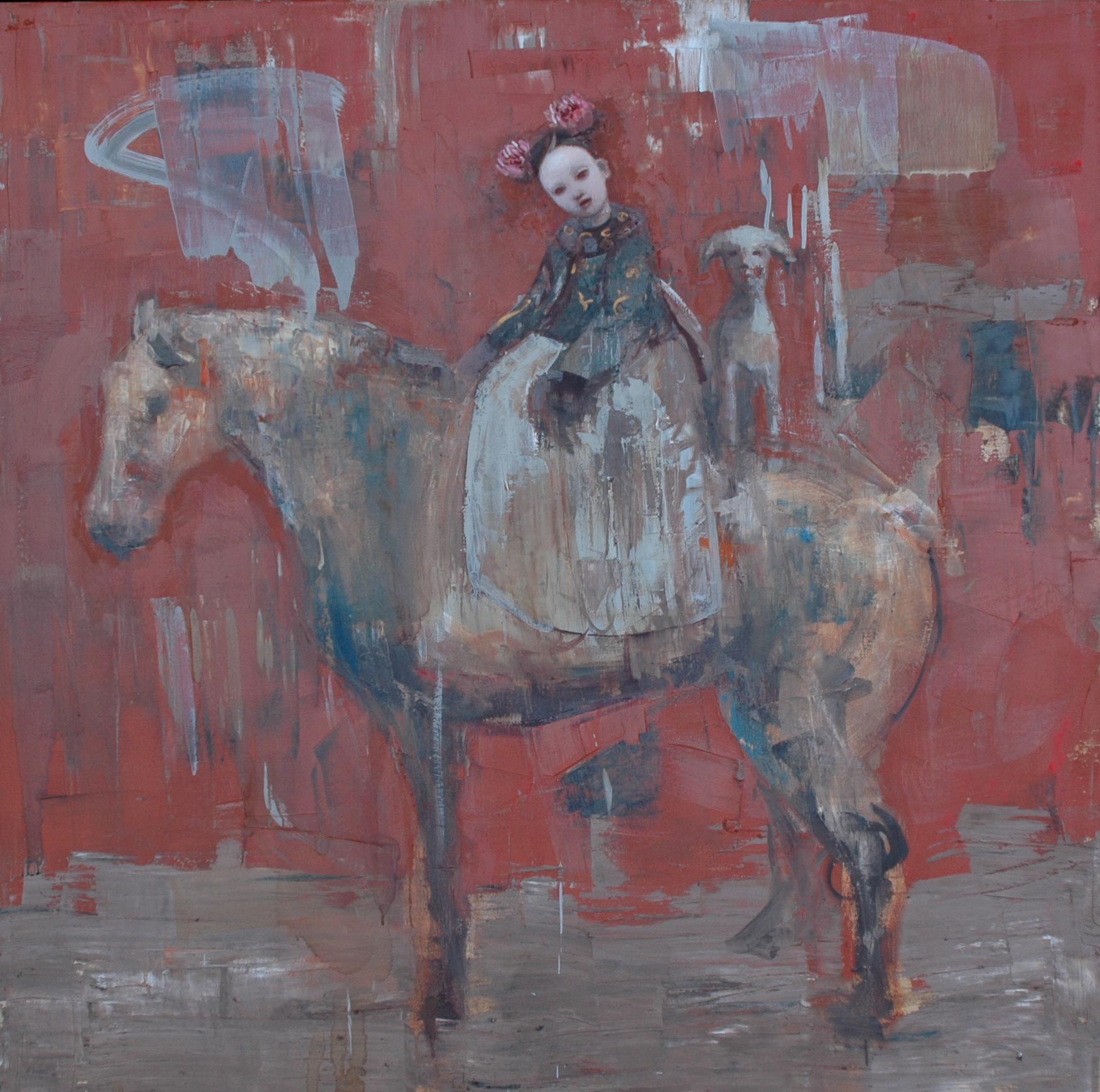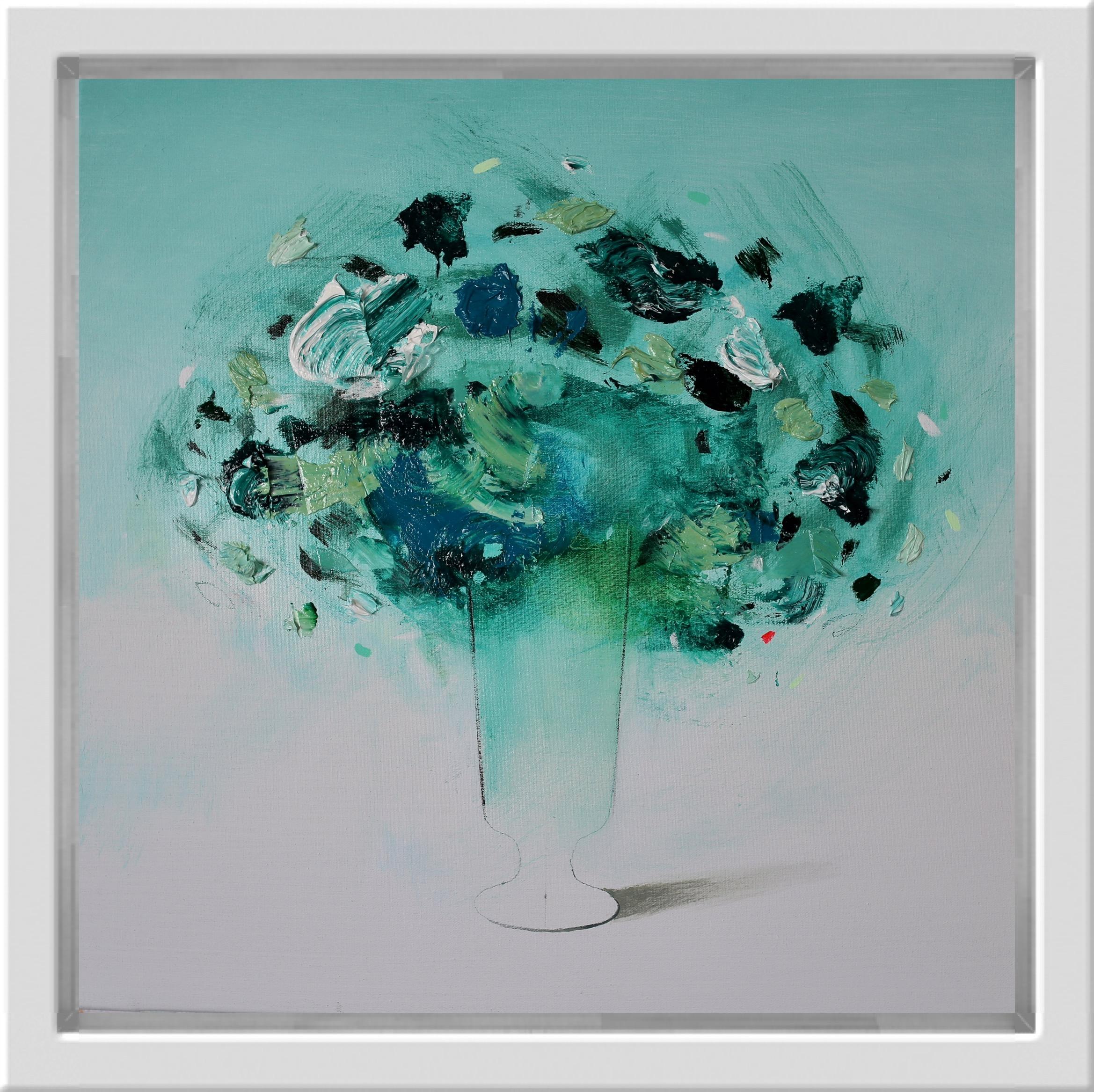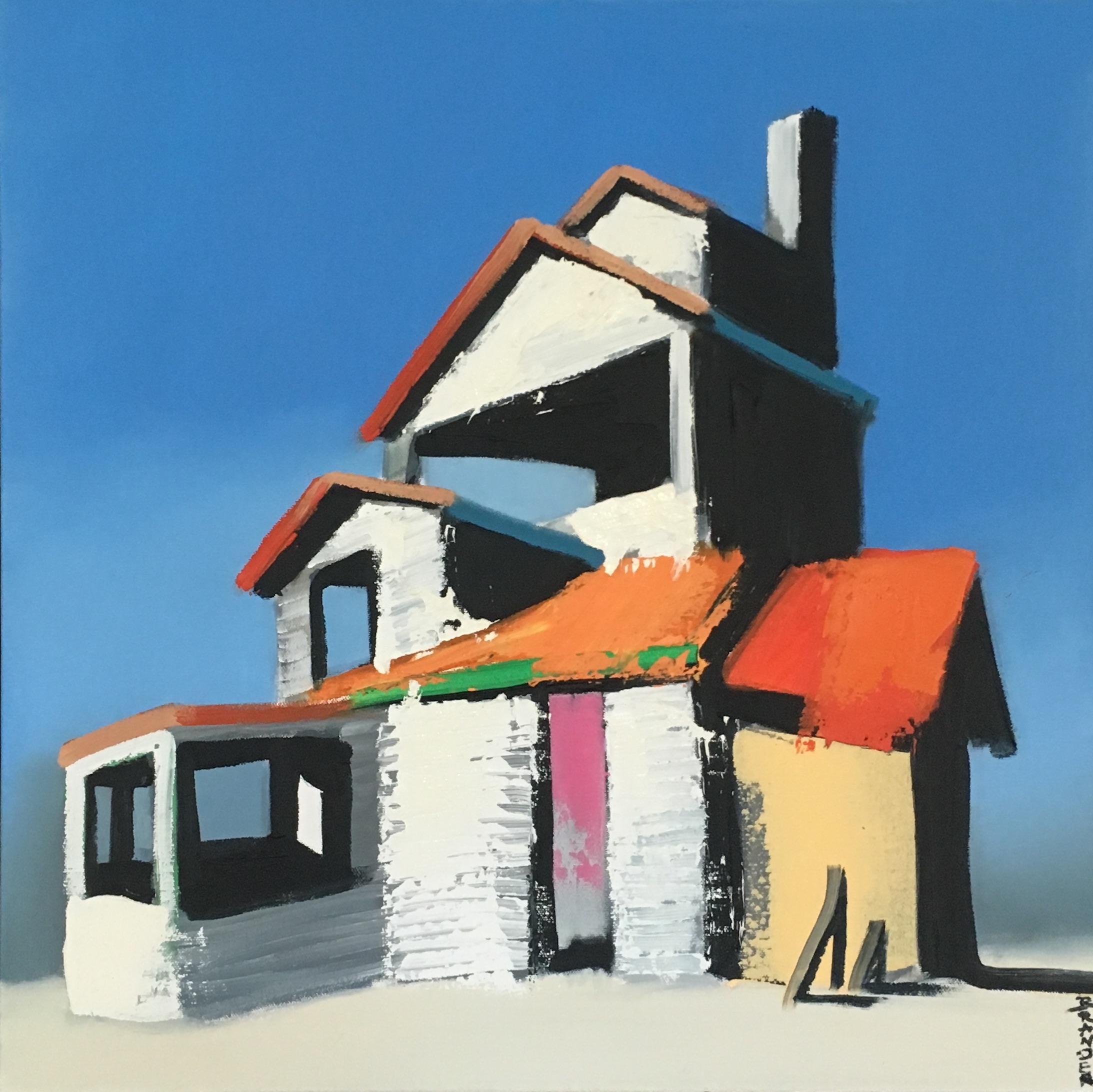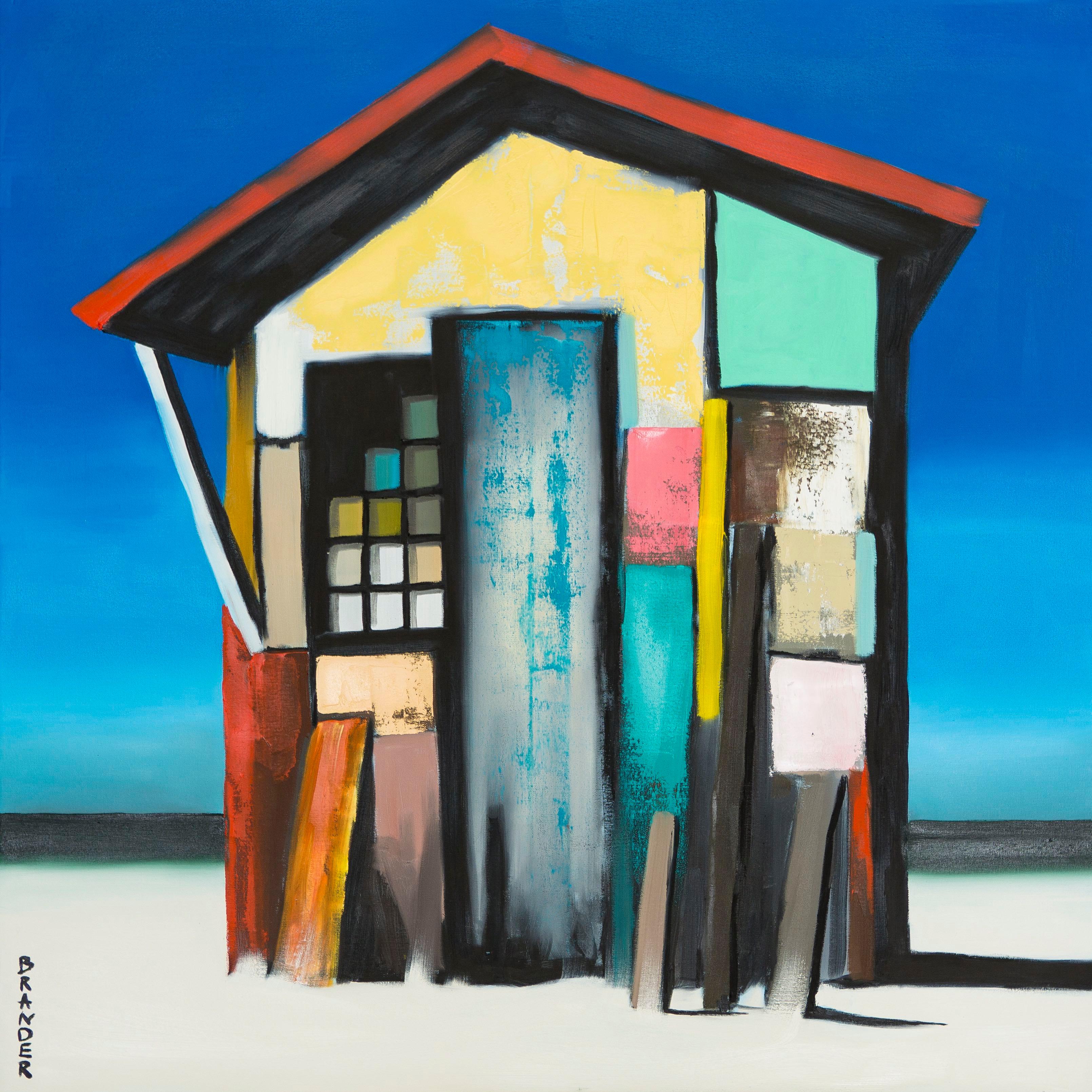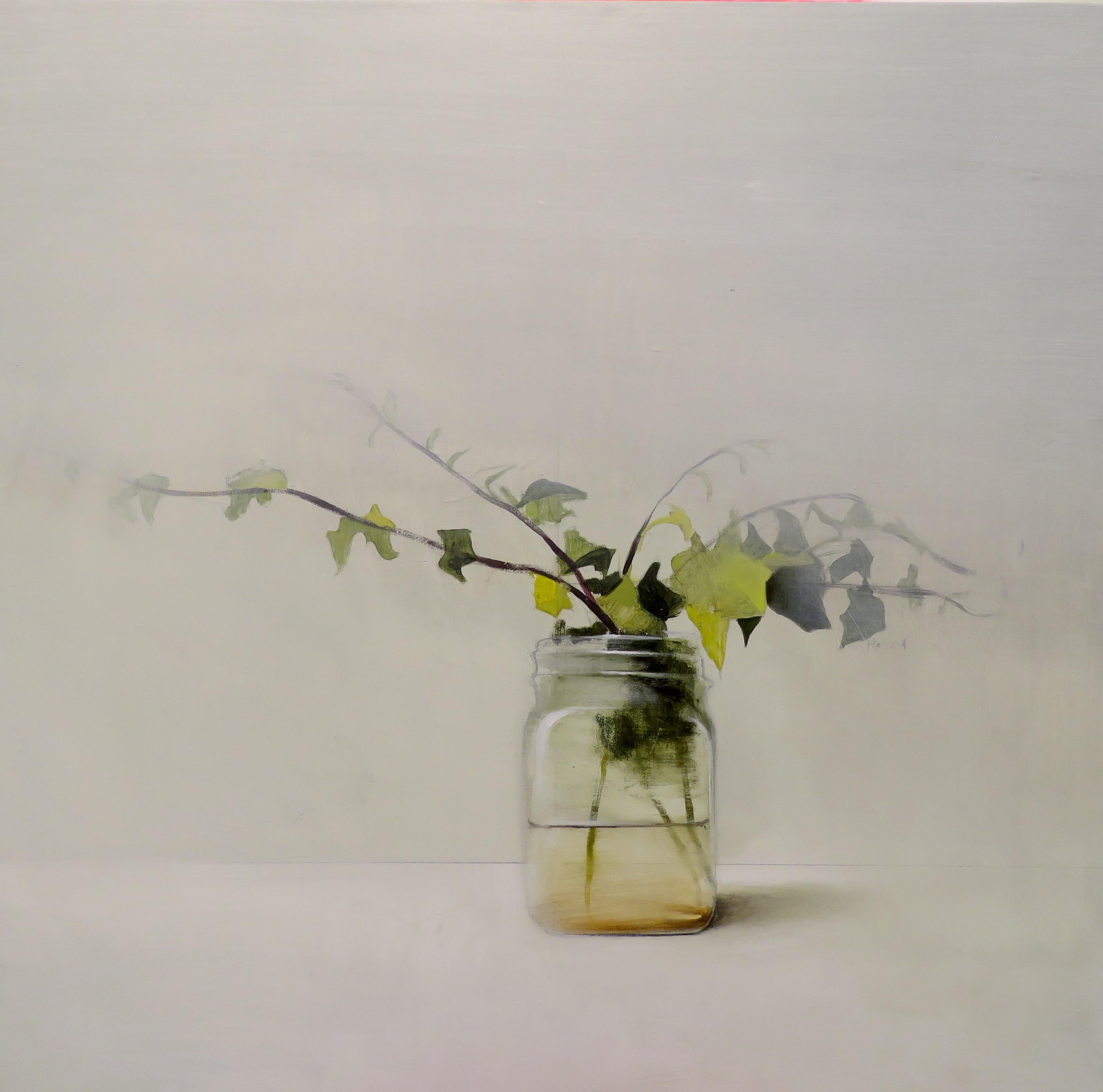Kumikaho Oshimaorgy2009
2009
About the Item
- Creator:Kumikaho Oshima (Japanese)
- Creation Year:2009
- Dimensions:Height: 57.49 in (146 cm)Width: 44.89 in (114 cm)Depth: 1.19 in (3 cm)
- Medium:
- Movement & Style:
- Period:
- Condition:
- Gallery Location:PARIS, FR
- Reference Number:1stDibs: LU40231411163
Kumikaho Oshima
Kumikaho Oshima, an avant-garde force in Japanese art, deftly wields satire as her chosen artistic tool, skillfully dissecting the nuanced influences of the West on Japanese culture. Firmly rooted in the dynamic currents of the neo-pop art movement, Oshima's creations serve as powerful vehicles challenging the appropriation of Western symbols within the cultural landscape.
At the core of Oshima's compelling narrative lies a profound exploration into the ever-shifting morals and desires of Japanese women. Her artistic canvas, adorned with symbolic elements such as Barbie dolls and US dollars, becomes a vivid tableau illustrating modern ideals and perceived necessities. Through the evocative use of motifs like nudity and orgies, Oshima provokes contemplation, offering a unique perspective on the commodification of the human body within contemporary society.
Oshima's masterful use of a subdued palette, rich with earthy and muted tones, imparts a washed-out quality to her canvases. Yet, beneath this subtlety lies an undercurrent of intense sensuality, adding layers of complexity to her compositions. As a painter who seamlessly integrates photographic techniques, Oshima strategically situates her subjects off-center, injecting a sense of drama and dynamism. Close-up shots delve into peculiar amalgamations, intensifying the impact of her incisive social commentary.
Venturing into the realm of three-dimensional expression, Oshima introduces the captivating "Dollar Dreams in Neon Barbie World" wall sculptures. These innovative pieces merge the luminosity of neon lights with the iconic presence of Barbie dolls, resulting in a mesmerizing fusion that explores the interplay between modern aspirations and consumer culture. Each sculpture serves as a visual symphony, drawing viewers into a dreamscape where economic desires and plastic fantasies intertwine seamlessly.
Complementing this groundbreaking series is Oshima's "Luminous Transactions: Barbie Chronicles in Currency Boxes." These sculptures elevate the mundane to the extraordinary, symbolizing the transactional nature of contemporary existence. The luminosity emanating from these thought-provoking sculptures invites viewers to contemplate the intricate interplay between consumerism, identity, and the evolving desires embedded in the neon-lit landscapes of our contemporary world.
A torchbearer for a new generation of audacious and ambitious female Japanese artists, Oshima's ambition extends beyond national borders. As a proud member of Studio Crazy Noodles, renowned for its expertise in Japanese neo-pop and the nuanced erotic portrayal of female characters, Oshima not only challenges established norms but firmly establishes herself as a bold and indispensable voice in the ever-evolving tapestry of contemporary art.
- Urbancat's Saga : Lavender City WhispersBy Hiro AndoLocated in PARIS, FR2009, unique artwork oil on canvas 39 2/5 × 49 1/5 in - 100 × 125 cm The artwork is signed by the Artist & stamped with the logo of the Artist's studio on verso of the canvas The art...Category
2010s Contemporary Paintings
MaterialsOil
- Pink Psyche : Cherry Blossom Dreams and Kawaii WhispersBy Saori NakamishiLocated in PARIS, FR2009, Unique Artwork Oil on Canvas 59 1/10 × 41 3/10 in - 150 × 105 cm The artwork is dated and signed by the Artist & stamped with the logo of the studio of the Artist 'Crazy Noodle...Category
2010s Contemporary Paintings
MaterialsOil
- Wonderfull Ganjuro : Ganjuro's Marvel, Tokyo's Kabuki RevivalBy Jimmy YoshimuraLocated in PARIS, FR2009, Unique Artwork Oil on Canvas 76 4/5 × 51 1/5 in - 195 × 130 cm The artwork is signed by the Artist on verso of the canvas & stamped with the logo of the Artist's Studio on vers...Category
2010s Contemporary Paintings
MaterialsOil
- Bee : Floral Intrigue, The Bee's Dance in Tokyo's GardenBy Jimmy YoshimuraLocated in PARIS, FR2009, Unique Artwork Oil on Canvas 78 7/10 × 63 in - 200 × 160 cm The artwork is signed by the Artist on verso of the canvas & stamped with the logo of the Artist's Studio on verso o...Category
2010s Contemporary Paintings
MaterialsOil
- Train Is Leaving Again : Transient FarewellsBy Ryoko WatanabeLocated in PARIS, FR2010, Unique Artwork Oil on Canvas 31 1/2 × 47 1/5 in - 80 × 118 cm The artwork and signed by the Artist on verso of the canvas & stamped with the logo of the Studio of the Artist on...Category
2010s Contemporary Paintings
MaterialsOil
- Face to Face : Convergence of Worlds, Tradition and Manga in DialogueBy Jimmy YoshimuraLocated in PARIS, FR2009, Unique Artwork Oil on Canvas 76 4/5 × 51 1/5 in - 195 × 130 cm The artwork is signed by the Artist on verso of the canvas & stamped with the logo of the Artist's Studio on ver...Category
2010s Contemporary Paintings
MaterialsOil
- Wonderworld, Oil on canvas by Contemporary Scottish Artist Garry BranderBy Garry BranderLocated in Battle, East SussexWonderworld Beach Den 108 x 108cm including Black wooden Frame A graduate of Glasgow School of Art, Brander gained a BA (Hons) in 2011 Early on, Garry discovered an interest in o...Category
21st Century and Contemporary Contemporary Landscape Paintings
MaterialsOil
- Happy Journey, Oil on canvas by US based Japanese artist Rimi YangBy Rimi YangLocated in Battle, East SussexHappy Journey 2009 Oil on Canvas Rimi YangCategory
21st Century and Contemporary Contemporary Figurative Paintings
MaterialsOil, Canvas
- Flores Turquesa, still life by Spanish Contemporary Artist Fran MoraBy Fran MoraLocated in Battle, East SussexStrange Tracey are proud to be the exclusive agent for Fran Mora in the United Kingdom. Born in Huelva in the south of Spain in 1979, Mora studied at the School of Fine Arts in Sev...Category
21st Century and Contemporary Contemporary Still-life Paintings
MaterialsOil
- Atlantic Enclosure, Oil on canvas by Contemporary Scottish Artist Garry BranderBy Garry BranderLocated in Battle, East SussexAtlantic Enclosure 58x58cm including Black wooden Frame A graduate of Glasgow School of Art, Brander gained a BA (Hons) in 2011 Early on, Garry discovered an interest in old buil...Category
21st Century and Contemporary Contemporary Landscape Paintings
MaterialsOil
- Gum Drops Beach Den, Oil on canvas by Contemporary Scottish Artist Garry BranderBy Garry BranderLocated in Battle, East SussexGum Drops Beach Den 108 x 108cm including Black wooden Frame A graduate of Glasgow School of Art, Brander gained a BA (Hons) in 2011 Early on, Garry discovered an interest in old...Category
21st Century and Contemporary Contemporary Landscape Paintings
MaterialsOil
- Jar with Ivy , Oil on Canvas by Spanish Contemporary Artist Fran MoraBy Fran MoraLocated in Battle, East SussexStrange Tracey are proud to be the exclusive agent for Fran Mora in the United Kingdom. Born in Huelva in the south of Spain in 1979, Mora studied at the School of Fine Arts in Sev...Category
21st Century and Contemporary Contemporary Still-life Paintings
MaterialsOil
